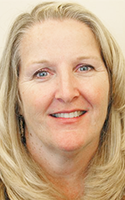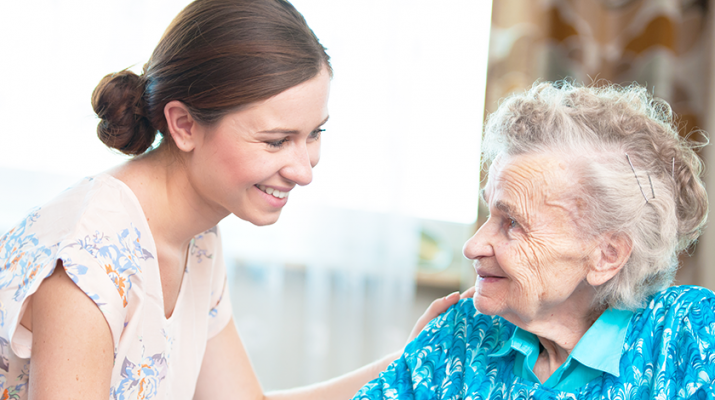Women make up 66 percent of all those involved with informal caregiving
By Deborah Jeanne Sergeant

About 3 million caregivers provide a total of more than 2.6 billion hours of care to loved ones annually, an economic value of $32 billion, according to the New York Office for the Aging. The Family Care Alliance, a nonprofit based in San Francisco, states that an estimated 66 percent of caregivers are women.
The reasons behind the trend of women caregivers is manifold. Women tend to live longer than men. If it’s one spouse caring for another, it’s usually a wife caring for a husband. Family dynamics also trend toward women caregivers as many women shift from serving as the primary caregiver of the family’s young children to the caregiver of the older adults.
The average woman caregiver is married and employed. Dubbed the “Sandwich Generation,” women in this situation often feel stressed by the demands on their time, caring for their elderly relative — usually a parent or in-law — and their own children, plus work. Registered nurse Mary Beer, public health director with Ontario County Public Health, has spoken with many caregivers. She said many experience guilt and stress and don’t realize how much they bear.
“What happens often is that in caregiving, it’s not necessarily that yesterday, you weren’t a caregiver and today you are,” Beer said. “You’re picking it up slowly over time until you’re doing so much that it starts to affect your own health and your ability to get rest. You want to do as much as you can it and soon your own health suffering from it.”
Many caregivers provide about 20 hours of care weekly, equivalent to a part-time job, in addition to their actual jobs. A growing number of women care for more than one elderly relative, as people who have divorced and remarried may have numerous connections with older adults for whom they feel responsible.
Ironically, many dedicated caregivers who spread themselves too thin out of desire to provide optimal care end up in an emotional and physical state where they cannot provide the best care possible.
Cindy Steltz, director of education and caregiver services for Lifespan in Rochester, said that many caregivers ensure their loved one makes all the needed medical appointments and social connections, but neglects her own needs.
“As a result, they may have stress-related illnesses,” Steltz said. “They may not monitor their blood pressure, get enough sleep, eat healthfully and find the time to exercise.”
She recommends that caregivers get help sooner than what they think they’ll need it, whether informally through friends and other family members, volunteer organizations, or paid staff. Steltz said many caregivers feel awkward about asking for help, as if it’s unloving to their relative to pass on some responsibilities. But it doesn’t have to be an all-or-nothing situation.
Perhaps a family friend could take over driving duties to one or two appointments a month or sit with the person receiving care for a few hours.
In-home respite can provide a companion who performs light housekeeping if the care recipient lives alone.
In addition to giving the caregiver a break, “having another set of eyes can be helpful sometimes,” Steltz said. “An outside caregiver or helper may notice things that are more subtle that someone won’t pick up on if they’re there 24-7.”
She encourages caregivers to hold a family meeting to help decide who can do what to support the older person’s aging in place. An objective third party may help keep the conversation on track and suggest helpful solutions in a way that family members cannot since there’s no emotional motivation involved.
Steltz said that Lifespan offers the Powerful Tools for Caregivers program that lasts six week, which helps caregivers take better care of themselves.
In one exercise, caregivers make a list of all they’re doing. Many feel shocked at how much care they provide. By using the list to find others to help, caregivers can take better care of themselves.
For more care giver resources, visit https://aging.ny.gov/Caregivers/Index.cfm or contact New York Connects at www.nyconnects.ny.gov, 1-800-342-9871 or in Monroe County, Lifespan at 585-244-8400.

